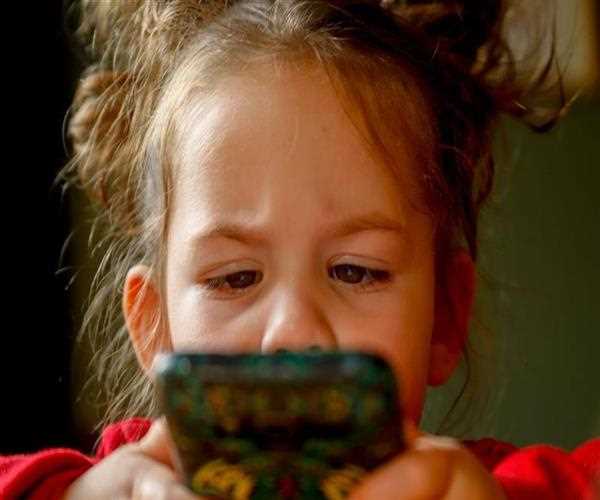Search here

19-Jul-2022
How Can I know if my Child needs Eye Glasses?
Do My Kids Need Glasses? If you have reason to believe your child needs glasses, schedule an eye exam with your local pediatrician.
Even if all is well, the American Optometric Association will re-examine children's eyes every 6 months to 1 year, 3 to 5 years, before first grade, and every year thereafter. It is recommended.
Children don't always know how to express themselves when their eyesight is poor, but there may be other ways to show (or say) that something is wrong with them.
Signs that your child needs glasses to include:
Headache and/or nausea
squint your eyes
excessive tears
eye rub
Clumsy
Behavioral problems/lack of concentration
hypersensitivity to light
eye strain
By the time a child reaches school age, potential vision problems grow with all the new skills and activities they begin to learn and practice.
This is a sign of vision problems for school-aged children to note:
1. Sitting too close to the screen
If your child has myopia (myopia), they may have poor grades in school or have trouble reading the blackboard in class.
You may also find that your child sits next to the TV to make it easier to read or put a book close to your eyes to make it easier to read. This may indicate that they have trouble concentrating on things that are far or mid-sighted.
Myopia is quite common, and prescription glasses can help.
2. Cover or close one eye for better visibility
If you see a child closing one eye while watching TV, playing on a tablet, or reading a book, one eye may appear and may be closed and out of focus. I have.
This may apply to amblyopia (lazy eyes) in which one eye is unable to provide normal vision.
Try closing your child's eyes one by one for easy verification at home. If your child starts to get upset, you may be closing his
'good' eyes. Treatment may include prescription glasses, eye patches, eye drops, or surgery, depending on the severity of the problem.
3. Space disappears while reading
Both astigmatism and strabismus can make it difficult for a child to sit up while reading. Whatever the case, a word on the page or a number on the screen can distort what your child's eyes see.
An easy way to find these vision problems when your child is younger is to have you read a book (not you).
Reading aloud not only helps develop children's language, vocabulary, literacy, and understanding but also warns of reading difficulties and underlying vision problems that children may encounter. I can.
4. Finger reading
When younger children learn to read, they can physically point at each word as their eyes move across the page. This may be the case if your child continues to follow the words on the page with their finger as they get older.

Student
An inquisitive individual with a great interest in the subjectivity of human experiences, behavior, and the complexity of the human mind. Enthusiased to learn, volunteer, and participate. Always driven by the motive to make a difference in the sphere of mental health - and normalize seeking help through a sensitive and empathetic approach
Join Our Newsletter
Subscribe to our newsletter to receive emails about new views posts, releases and updates.
Copyright 2010 - 2025 MindStick Software Pvt. Ltd. All Rights Reserved Privacy Policy | Terms & Conditions | Cookie Policy